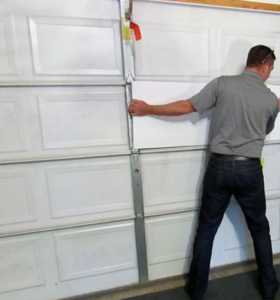Were you shocked to find serious amounts of frost in your attic this winter?
Did it look something like this?
Do not be alarmed.
There is a perfectly good reason why frost is accumulating here.
It’s called heat loss. Period.
If you want to learn more about heat loss, why it occurs, the dangers involved, and how to fix it, read on.
Why does frost form in the attic?
Frost forms in the attic for one reason, heat loss. Heat loss is when warm air (and the moisture that joins it) from the conditioned living space moves into the attic.
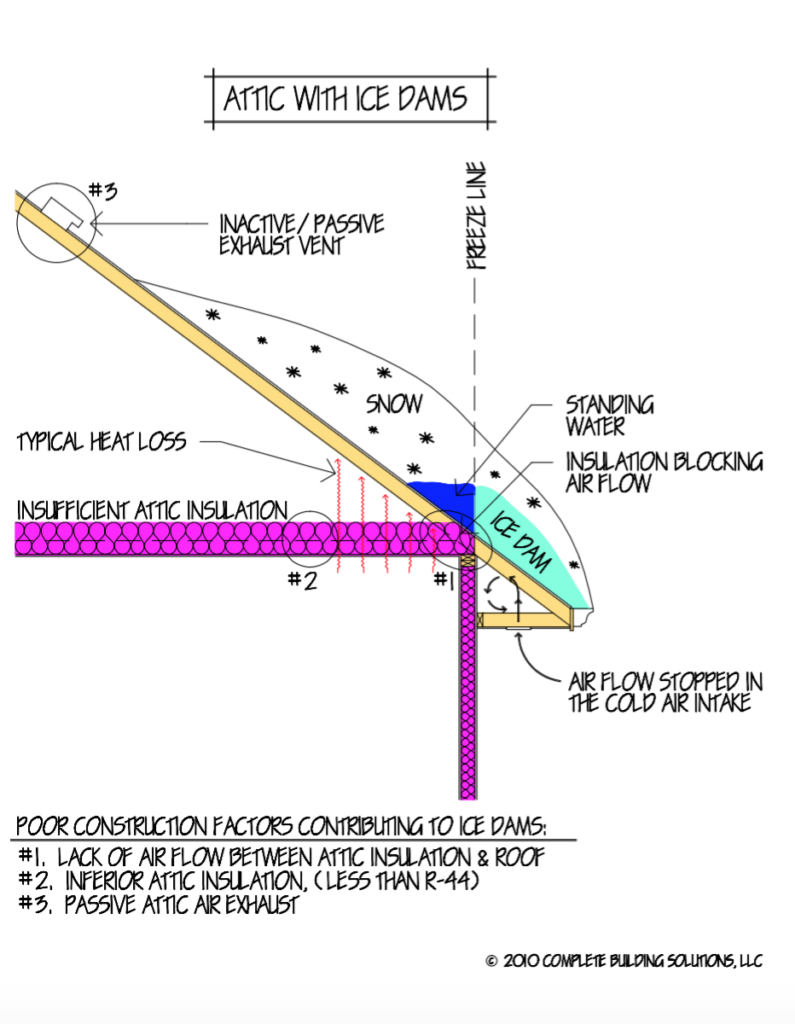
This is bad for several reasons.
The attic is meant to be a cool space in the winter. It should actually match the exterior temperature in order to protect building materials and to prevent ice dams and leaks.
However, when warm air from the living space inside the house escapes into the attic, it will rise and warm the attic space causing condensation. In the winter, this condensation will actually freeze on the roof deck, nails, and other building components, visible as frost.
If your whole attic is filled with frost, then you know you have some serious air sealing to do; and it may even be more!
You may be wondering why heat is able to move from the house into the attic.
The answer is simple, open bypasses.
Ok, so what is an open bypass? An open bypass is a hidden passageway (air leak) where heat can escape from inside the home into the attic. It could be things like chimneys, ceiling light fixtures, heating ducts, kitchen and bath exhaust fans, plumbing, electrical wires, dropped ceilings and soffits etc.
Some examples are shown below.
These bypasses must be air sealed in order to prevent the transmission of air from the conditioned living space into the unconditioned attic.
Even if the air leaks appear to be insignificant, they must be sealed. The smallest amounts of air leakage can lead to large amounts of frost accumulation and other issues.
Source
The only way to get your attic completely free of frost is to seal every open bypass, small or large.
Keep in mind, it can be challenging to find air leaks because they can get hidden under insulation.
We suggest having an attic inspection performed by an expert to find air leaks and provide recommendations for your specific situation.
Does frost in the attic hurt my home?
Frost in the attic itself is really not the problem. But, when temperatures begin to warm up and the frost melts, a plethora of issues can arise.
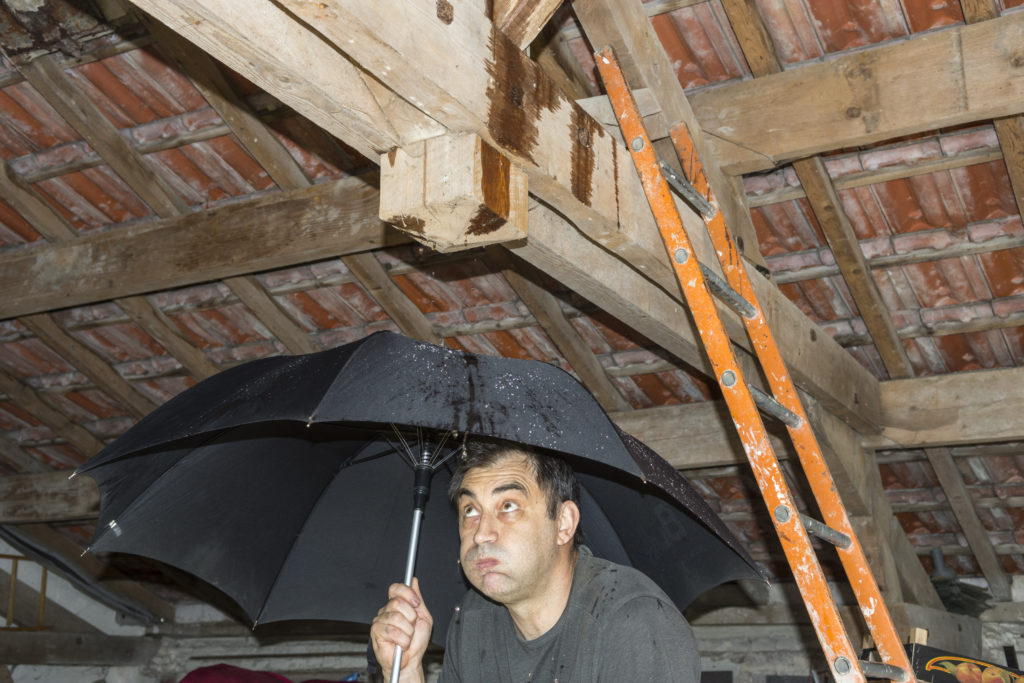
The dripping moisture can cause:
–Wet insulation: Basically, your insulation loses it’s capability to resist heat flow the way it was designed to. Instead of working as an insulator, keeping warm air out of the attic, it begins to work as a conductor, allowing heat to enter the attic. It’s like using a wet blanket in bed, how would that feel? I don’t think that would keep you warm!
–Roof deck plywood issues: Your roof deck starts to break down when exposed to moisture. What does this mean? The plywood literally comes unglued. When your roof sheathing is damaged to this extent, it must be replaced…this is not cheap.
-Mold: Your entire attic is at risk for mold growth when moisture is present. As you know, this is a huge health hazard to both people and building materials. As long as moisture remains present, mold will continue to grow and cause damage to your insulation, sheathing, and other attic components.
-Water stains on ceilings and walls:
If you have seemingly random water stains on your ceilings or walls, but cannot find a leak, the culprit is probably condensation.
You can verify this by checking for frost in the attic, rusty nails, or water staining on the roof sheathing. All of these anomalies are a sure sign that condensation (from heat loss) is an issue.
If you see water staining on the ceiling around your bathroom exhaust fan, you can be sure it’s a condensation issue.
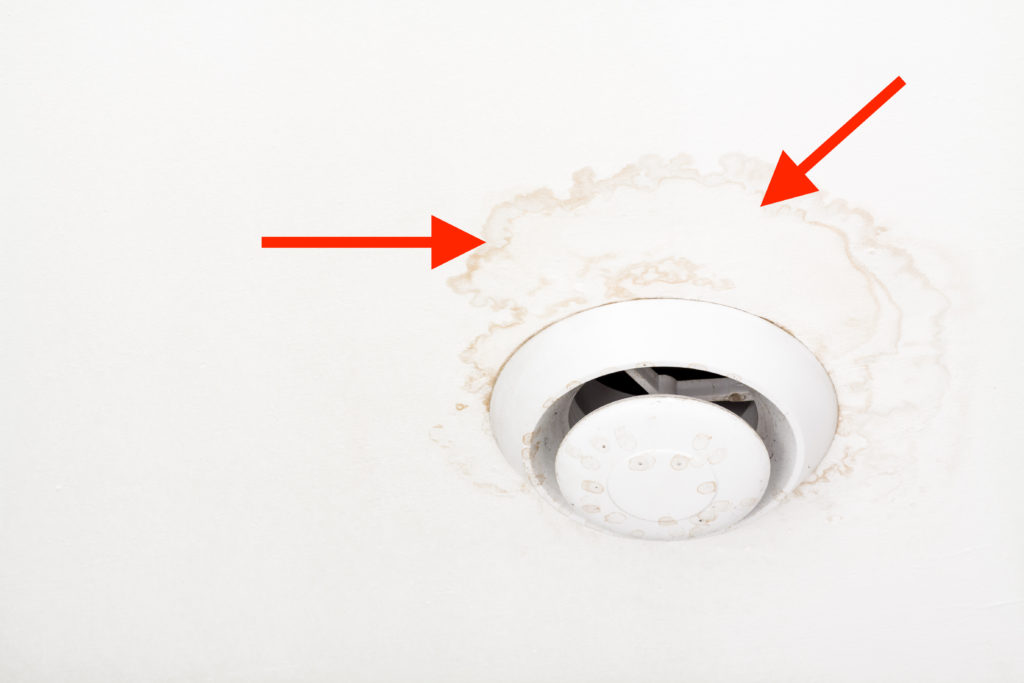
This can occur if the bathroom exhaust duct is not installed or insulated properly. The duct should exhaust to the exterior of the home, but if the connection is not airtight, serious condensation can occur. This moisture will collect in the duct and eventually drain back down into the ceiling of the bathroom.
Water leaks on the corners of outside walls usually means ice dams. These nasty buggers cause a whole bunch of ongoing issues and are created from….you guessed it, heat loss. So you see, condensation is not the only or worst side effect of heat loss. Correcting the heat loss issue will save you from dealing with a long list of problems.
Side note, could this moisture eventually lead to this ceiling’s finishing to drop? It sure could if the water leaking keeps up. Suggestion, don’t sleep under this ceiling, see picture below!
How to fix the frost in the attic
By now you understand that the root issue affiliated with frost in the attic is heat loss. So the question remains, how do we stop heat from escaping the conditioned living space into the attic?
We must seal all air leaks.
Source
Source
High performance closed cell insulation should be applied to all forms of bypass, including all top plate framing, common wall separations, bathroom and dryer exhaust vent connections, plumbing stack connections, recessed lighting fixtures, framing related to vaulted ceiling features and other framing anomalies, and mechanical runs in the attic space including vents.
Here’s why.
Definitely consult with thermal break technology experts to get a full understanding of your attic’s needs. Depending on the current system in place, you may need attention to the eaves, ventilation, or framing members as well. The entire home’s air flow must be taken into consideration when looking at the root cause for these symptoms.
Because of this, it is best to have a full attic inspection performed. An expert will be up-to-date on the latest thermal break technology and have access to thermal cameras and other equipment beneficial for finding air leaks.
If you are going to tackle this project, do it right the first time in order to save money and time in the long run.
Alternative solutions? Ehhh more like bandaids.
You might be starting to count dollar signs and wondering if there are cheaper routes you could take.
There are some things you can do.
But, before you even ask, adding insulation alone will NOT fix your issues. Just don’t do it. Adding insulation will NOT stop air leaks, condensation will occur, and drippage will continue to break down the newly added insulation. Talk about expensive!
So, what else can be done?
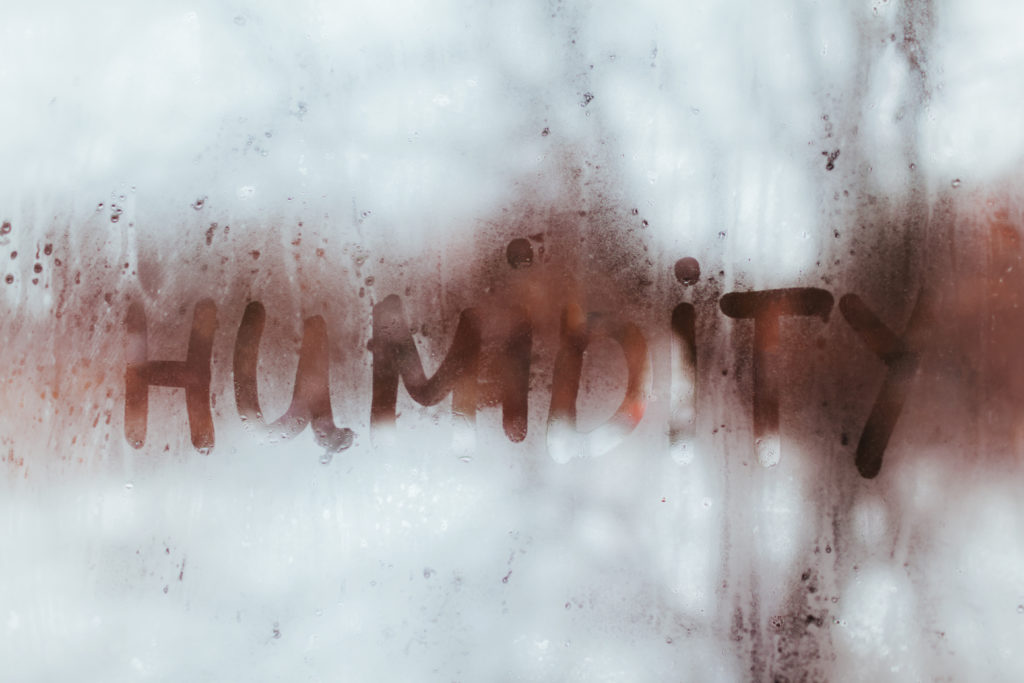
Lowering humidity inside the home. Very humid homes can make for seriously frosty attics.
Ways to decrease humidity:
-Use a bathroom fan timer: Every time someone in your home showers, they should set the timer for 1 hour. It’s a common misconception that simply running the bathroom fan while you are in the shower will eliminate excess humidity. It takes a full hour for humidity to return to normal.
-Install bathroom fans: These are essential for keeping humidity low.
-Turn off humidifiers: Most homes with frosty attics have a humidifier running constantly. Turn those things off. Side note, some humidifiers can create poor air conditions if the filters become moldy. This is a serious threat to your health.
-Kitchen exhaust fans: If you have one, use it. You’d be surprised how much moisture an oven can create. If you don’t have one, consider installing one.
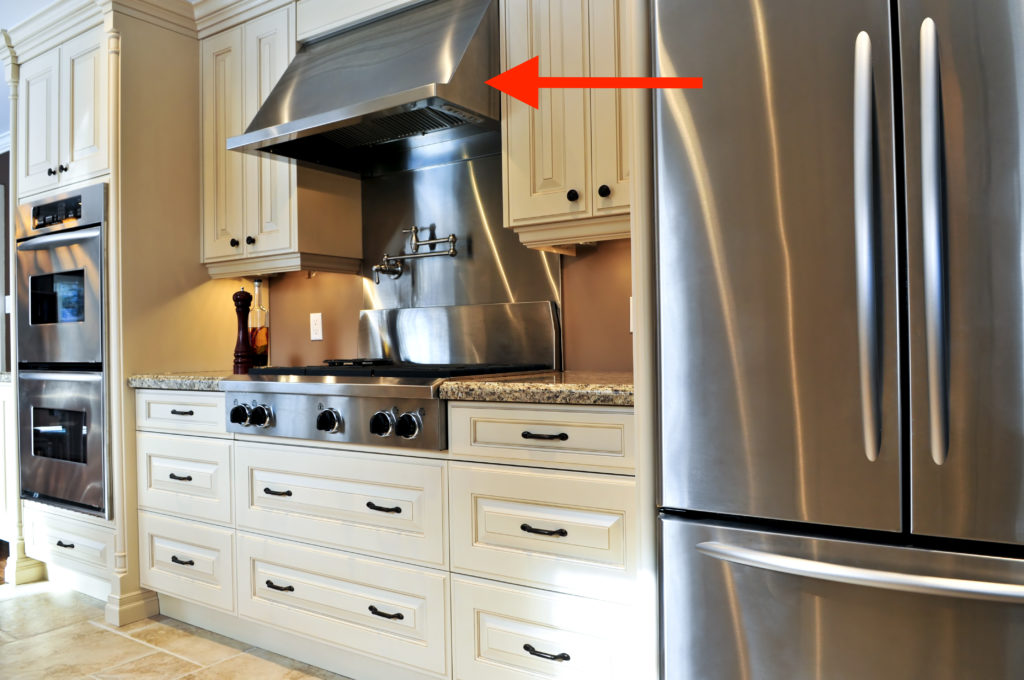
-Upgrade your carpets: Old carpet can hold a surprisingly large amount of moisture. If you are on the fence about installing new carpet, here’s another good reason to do it.
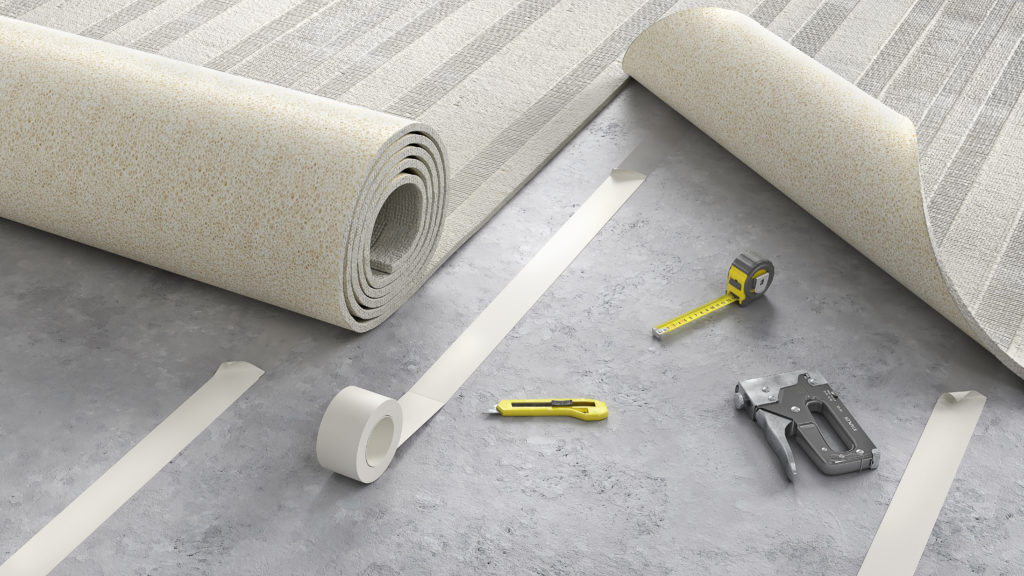
-Consider installing an HRV (heat recovery ventilator): These machines exchange moist indoor air with dry exterior air. They run between $400-$1,500 and will definitely help to lower humidity levels inside your home.
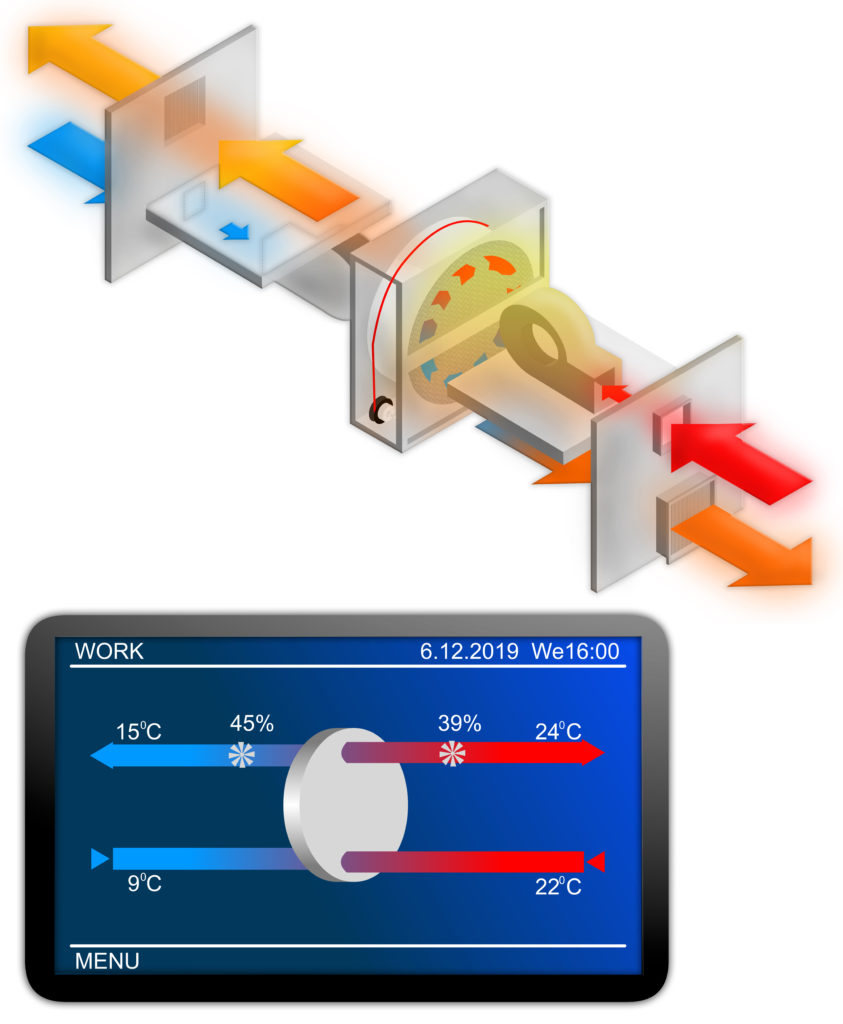
What about house pressure?
Problems with house pressure can exacerbate air leak issues. It’s important that the HVAC ductwork is balanced. If this is out of balance, conflicting pressures in the home can cause even more humid air to leak into the attic.
Structure Tech Home Inspections says a good way to test if your basement has a negative pressure is to open your basement door only about 1 inch. Then, turn the furnace fan on. If your door closes, it’s a sure sign that your HVAC ductwork is not functioning up to par.
Watch Structure Tech’s video to see what they mean:
Benefits of stopping heat loss:
To wrap up, there are some really great benefits that come along with stopping the heat loss beyond what we have already talked about.

Here is a list for you:
-Energy conservation
-No ice dams
-No leaks
-No mold
-No condensation
-Preservation of building materials including shingles, roof decking, insulation, drywall
-No headache
If you have any remaining questions about the frost in your attic or heat loss, please visit www.cbsmn.com or call us at 763-544-3355.

